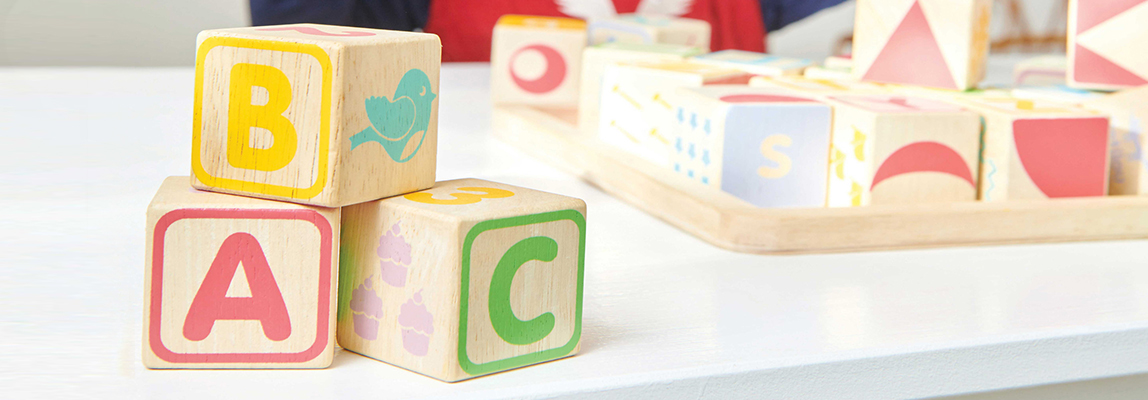Compliance with standards

We are members of the Australian Toy Association and are part of the ICTI and FSC programs.
What is the ICTI CARE Process? The CARE (Caring, Awareness, Responsible, Ethical) Process is the International Council of Toy Industries' (ICTI) program to promote ethical manufacturing, in the form of fair labor treatment, as well as employee health and safety, in the toy industry supply chain worldwide. Its initial focus is in China, where 70 percent of the world's toy volume is manufactured. Its intent is to provide a single, fair, thorough and consistent program to monitor toy factories' compliance with ICTI's Code of Business Practices (the "Code").
What is FSC? FSC, as an international network to promote responsible management of the world’s forests, brings people together to find solutions to the problems created by bad forestry practices and to reward good forest management.

Trade Practices Act and Safety Standards
We wish to advise that Kaleidoscope takes all practical measures to ensure that our products comply with both the standards of the Trade Practices Act and the voluntary and mandatory international and Australian safety standards AS/NZS ISO 8124.
We do this by working closely with our manufacturers to ensure that every product has appropriate safety certification prior to entering the country. We also review each product ourselves, to ensure it meets certain safety criteria - as required by the age grading of the product, and the relevant standards.
Kaleidoscope is committed to maintaining in house audits as part of our Compliance to Quality Assurance. As part of our Compliance Procedure, test results are available upon request. Our policy is maintained and updated annually, and as new products become available.
Toy safety symbols
(sourced from the British Toy and Hobby Association)
 |
CE MarkEvery manufacturer or first supplier in the European Community must place a CE mark on his toy to indicate that it has been made in conformity with the essential safety requirements of the directive. It is an enforcement mark (not a sign of quality or safety) and was established to ensure free movement of product throughout the European Union - a sort of passport for toys. It has to appear, along with the first supplier's name and address "in a visible, legible and indelible form" on the toy or its packaging. |
 |
The Lion MarkThe Lion Mark was developed in 1988 by the BTHA to perform a function not covered by the CE Mark, namely, to act as a recognisable consumer symbol denoting safety and quality. To display the Lion Mark, a BTHA member must have signed a licence agreement with the Association which sets out the terms of its use. Failure to abide by these terms will lead to revocation of the licence. The Lion Mark also indicates the member's adherence to the BTHA Code of Practice which includes rules covering toy advertising and counterfeiting. Unlike the CE Mark, therefore, the Lion Mark is truly a consumer symbol. It means that consumers can be assured that a toy which bears the Lion Mark is safe and conforms with all relevant safety information. |
 |
Age WarningThis pictogram began appearing on toys in 1995 and means Warning - do not give the toy to children less than three years, nor allow them to play with it. With the symbol, or in instructions included in the pack, will be given details of the hazard, e.g. "because of small parts". This symbol replaces the warning "not suitable for children under 3 years", which has often been confused with age advice - those discretionary guidelines used by the manufacturer to help the buyer match the product with a child's age, interest and ability. |
